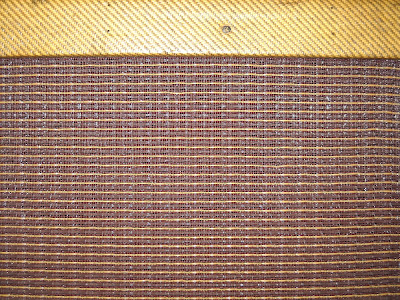
Line 6 Relay G30 digital wireless
I’ve now been using this wireless rig for a few months, and here is the lowdown: It is simple, reliable, and dead quiet. It sounds and works exactly like a cable. It is digital, not analog like most other wireless rigs. There is zero discernible latency. If anybody tells you there is a latency or lag issue with this rig they probably have an agenda (they want to sell you a more expensive analog unit).
It has a small body pack transmitter, so if you are in love with the idea of a transmitter hanging off the end of your microphone this is not the wireless for you. The transmitter has a belt clip, and I either stick it in a pocket or on my belt.
The effective range is said to be 100 feet, but I’m certain I’ve exceeded that distance and never lost signal. I’ve never had a dropped signal or any extraneous noise, or any coloring of my signal or anything. The thing just works every time. It is powered by two AA batteries, which last about 9 or 10 hours. I now use it for every gig.
Kinder AFB+ Anti Feedback Pedal
I’ve been wanting for years to borrow one of these for a long-term test, and I finally just went ahead and bought one on the used market. Most Kinder owners I’d talked to said it gave them about two more usable notches on their volume control before feedback. Some said it dirtied up their tone too much, or otherwise changed their clean tone in ways they did not like. Here’s what I found:
It works great. I’m not sure it changed my tone at all, except to the extent it allowed my amp to be turned WAY louder, which in turn allowed my power tubes and phase inverter to start breaking up in that cool harmonic way. Without the AFB+ my Bassman RI amp will start to ring at about 5 or 6. With the AFB+ pedal I can crank it to *NINE* without fear of howl, and the amp really begins to sing. I had never before heard my Bassman at 9.
I don’t understand the complaint that it changes your clean tone. If you want clean tone why not just play through the PA system and be done with it? The whole point of feedback control in amped blues harp is that we are walking around with an open microphone in front of a powerful amp, which is a recipe for squeal. If what you want is clean tone just step up to a vocal mic and have at it. Personally, I’d prefer some crunch and warmth.
I’ve read many comments in harp forums to the effect that the Kinder AFB+ pedal will turn any powerful guitar amp into a suitable harp amp. Uh, not really. If you plug it into a Marshall Stack or a Twin Reverb they still sound like crap and scream with feedback. This is an electronic device, not Harry Potter’s Elder Wand.
Fender Bassman Reissue Amp
The project Bassman amp has gone through a pretty extensive modification to make it more harp-friendly, without actually changing the hard-wired circuits much. The only mods that required soldering were beefing up preamp plate load resistors to deal with the 12AU7 tubes, and the installation of bias trim pots for the power tubes.
All the tubes and two of the speakers have been changed. After much experimentation, I use the tube scheme recommended for this amp by the respected author of the Green Bullet Mics website: I have vintage 12AU7 tubes in sockets V1 and V2, and a NOS 5751 tube in V3, the phase inverter. The rectifier is a vintage 5V4, and the power tubes are Tung Sol 6L6, which are biased rather cold.
The top speakers are original Alnico Blue from the Bassman (actually they are re-branded Eminence 1028). The bottom speakers are Weber 10A125-O alnicos.
The amp sounds good; I get lots of compliments on the tone. It is actually rather crunchy for a Bassman, and still retains much of the punch and brawn. It cuts through the mix all the way to the back of the room, and has tons of reserve power. The only drawback is that it is heavy.
The Kinder AFB+ pedal has made it a better, more usable amp.

















































